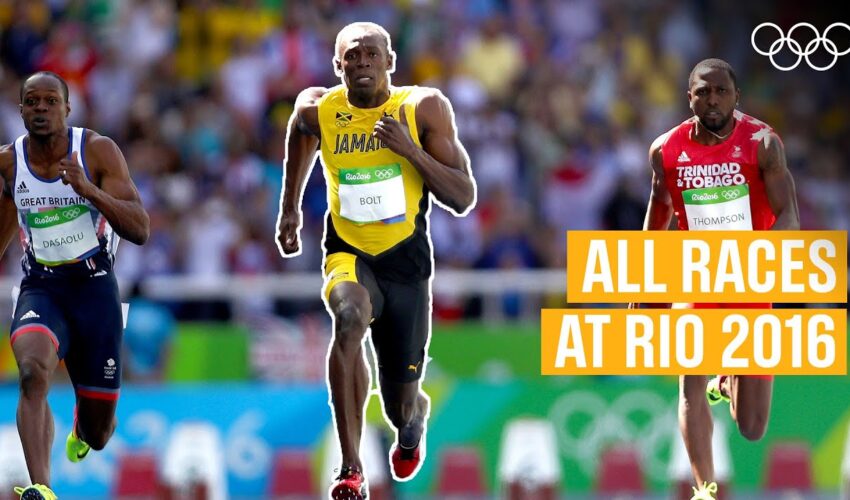birgitsthought
How is regular butchery different from herd butchery?
I think the biggest thing is just to connect with our ranchers so you know where your food comes from. In addition to lowering transportation-related emissions, the practice supports sustainable farming methods and supports regional food systems. Environmental factors also contribute to herd butchery\'s increasing popularity. This reduces waste and exposes clients to savings they might not otherwise think about. Herd butchery encourages nose-to-tail consumption by using every part rather than just the prime cuts and discarding the remainder.
A wider appreciation of various flavors and textures is promoted by herd butchery, whereas many traditional butcher shops concentrate on popular selections. The use of whole animals is another important difference. All parts, from roasts and steaks to bones for broths, have a purpose. These traditional values are combined with contemporary standards of food safety and hygiene in today\'s herd butchery services.
Traditionally, farmers would raise animals and then have them processed for their extended family\'s consumption throughout the year. To assist clients in making knowledgeable decisions regarding the processing of their animals, numerous facilities provide comprehensive cutting charts and consultations. Herd butchery\'s dedication to sourcing from herds that are carefully managed is one of its distinguishing characteristics. By selecting herd butchery, consumers can be sure that the food they eat comes from a traceable source and that the animals are raised without the use of artificial enhancers or needless antibiotics.
This method produces healthier cattle, which eventually yield better meat. This model\'s farmers place a high value on humane treatment, healthy diet, and free-range habitats, making sure that each stage of the animal\'s life is respected. You were taught how to hunt, kill, and preserve animals when you were younger, but you also followed a vegan diet for a number of years. Part of the reason for this is that I oppose both excessive animal product consumption and animal abuse.
I adopted a vegan diet after growing up as a vegetarian in Chicago. However, since I don\'t eat meat, I\'ve always opposed hunting. The meat is packaged in cellophane when you purchase it from a store. Could you elaborate on your journey between those two worlds? When you\'re responsible for your own food, you learn to respect it, but it is also a responsibility. It appears less genuine. Environmental considerations also factor into the growing popularity of herd butchery.
Herd butchery reflects a fusion of traditional knowledge and contemporary values that appeals to many ethical consumers as interest in food provenance and sustainable practices grows throughout Ireland. They looked back at me in amazement, but we stood there looking at each other, frozen. Since we were raising three kids and couldn\'t afford meat, we began cultivating our own.
0 FollowersSorry there are no followers.
About
How is regular butchery different from herd butchery?
I think the biggest thing is just to connect with our ranchers so you know where your food comes from. In addition to lowering transportation-related emissions, the practice supports sustainable farming methods and supports regional food systems. Environmental factors also contribute to herd butchery\'s increasing popularity. This reduces waste and exposes clients to savings they might not otherwise think about. Herd butchery encourages nose-to-tail consumption by using every part rather than just the prime cuts and discarding the remainder.
A wider appreciation of various flavors and textures is promoted by herd butchery, whereas many traditional butcher shops concentrate on popular selections. The use of whole animals is another important difference. All parts, from roasts and steaks to bones for broths, have a purpose. These traditional values are combined with contemporary standards of food safety and hygiene in today\'s herd butchery services.
Traditionally, farmers would raise animals and then have them processed for their extended family\'s consumption throughout the year. To assist clients in making knowledgeable decisions regarding the processing of their animals, numerous facilities provide comprehensive cutting charts and consultations. Herd butchery\'s dedication to sourcing from herds that are carefully managed is one of its distinguishing characteristics. By selecting herd butchery, consumers can be sure that the food they eat comes from a traceable source and that the animals are raised without the use of artificial enhancers or needless antibiotics.
This method produces healthier cattle, which eventually yield better meat. This model\'s farmers place a high value on humane treatment, healthy diet, and free-range habitats, making sure that each stage of the animal\'s life is respected. You were taught how to hunt, kill, and preserve animals when you were younger, but you also followed a vegan diet for a number of years. Part of the reason for this is that I oppose both excessive animal product consumption and animal abuse.
I adopted a vegan diet after growing up as a vegetarian in Chicago. However, since I don\'t eat meat, I\'ve always opposed hunting. The meat is packaged in cellophane when you purchase it from a store. Could you elaborate on your journey between those two worlds? When you\'re responsible for your own food, you learn to respect it, but it is also a responsibility. It appears less genuine. Environmental considerations also factor into the growing popularity of herd butchery.
Herd butchery reflects a fusion of traditional knowledge and contemporary values that appeals to many ethical consumers as interest in food provenance and sustainable practices grows throughout Ireland. They looked back at me in amazement, but we stood there looking at each other, frozen. Since we were raising three kids and couldn\'t afford meat, we began cultivating our own.







